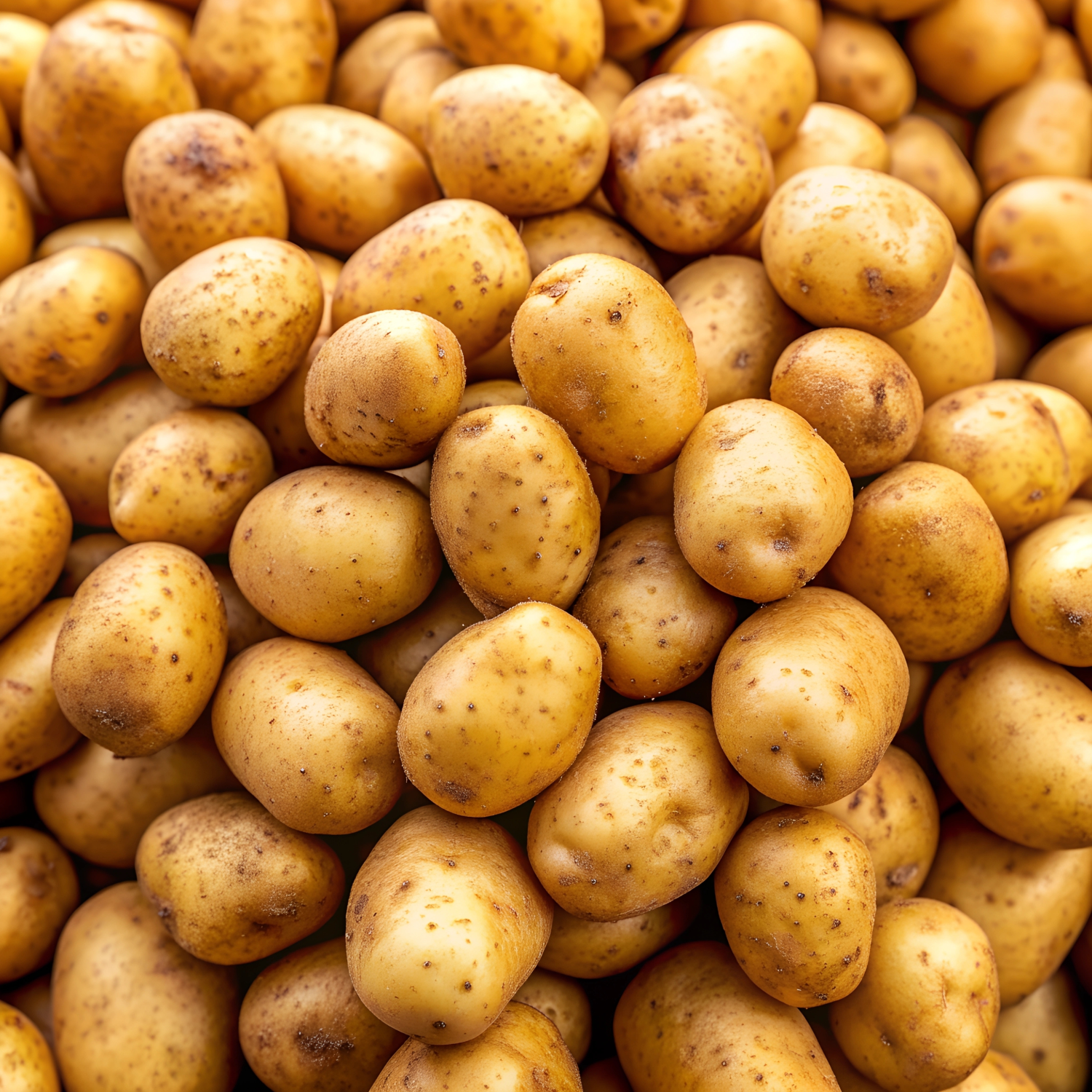The Netherlands is a potato country: half of all arable farmers grow spuds and potato cultivation accounts for 30 per cent of arable farmland. The average field yields 52 tons of potatoes per hectare, but research by agronomist Paul Ravensbergen shows big differences between plots. And something can be done about this.
Ravensbergen recently obtained his PhD for a detailed study of the variation in potato harvests in the Netherlands. Why can one farmer get yields of 80 tons per hectare and another only half as much?
To investigate those differences, Ravensbergen spent two growing seasons crisscrossing the country to monitor potato cultivation. ‘I tracked the growth of potatoes from April to September in 96 fields in regions including Drenthe, Hoeksche Waard and north Limburg. I visited each field 10 to 13 times and ended up driving a total of 80,000 kilometres in my little Ford Ka.’
Sand and clay
He used the ‘yield gap’ to compare the yields from different plots. That is the difference between a plot’s theoretical maximum yield and its actual yield. And that difference is substantial: on average, farmers are missing out on about a quarter of the potential harvest. The main culprit in sandy soil is drought, while the main factor in clay soil is waterlogging that prevents the plants from breathing.
Water — whether too much or too little — plays a key role. To obtain maximum yields, you need good irrigation and drainage. In a trial plot with sandy soil, a lack of irrigation reduced yields by 17 tons per hectare. In clay soil, excessively wet conditions led to 12 tons fewer potatoes per hectare. Other factors in addition to water that play a role in determining yields are disease (in sandy soil), soil structure (compacting in clay soil) and when the potatoes are planted.
You can reduce inputs and still get similar yields
An interesting finding is the excessive use of nitrogen. In clay soil, farmers use 265 kilos more nitrogen on average than the plants need. The figure for sandy soil is 139 kilos. All that excess nitrogen ends up in the soil, with the inevitable consequences. Ravensbergen: ‘Some excess is unavoidable, as the plant can never absorb all the available nitrogen. An efficiency rate of 70 to 80 per cent is good going.’
Nitrogen
According to Ravensbergen, these figures show farmers use much more nitrogen than they need for the yields they get. ‘But farmers don’t just look at the nitrogen. Especially in the case of clay soil, the organic matter in the soil is important. When farmers apply animal manure, that automatically means more nitrogen. Farmers are continually considering the state of the soil. That means looking at the whole rotation of crops and green manure plants.’
Even so, Ravensbergen’s study shows farmers could improve their use of inputs. The best performing farmers have both higher yields and less excess nitrogen. ‘It is good news that you can reduce inputs and still get similar yields. That offers prospects for a more efficient and environmentally friendly form of potato cultivation in the Netherlands in the future.’

 Photo Paul Ravensbergen
Photo Paul Ravensbergen 

